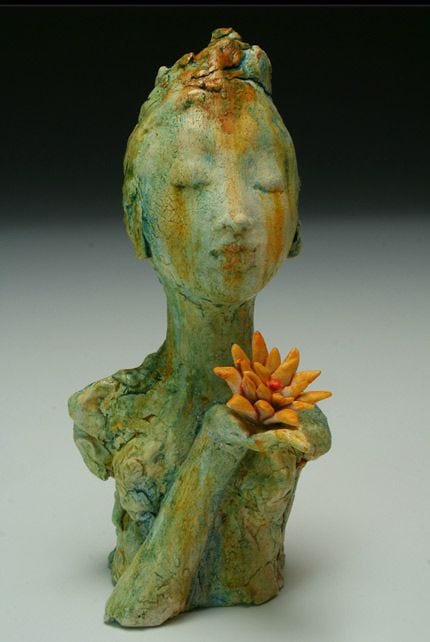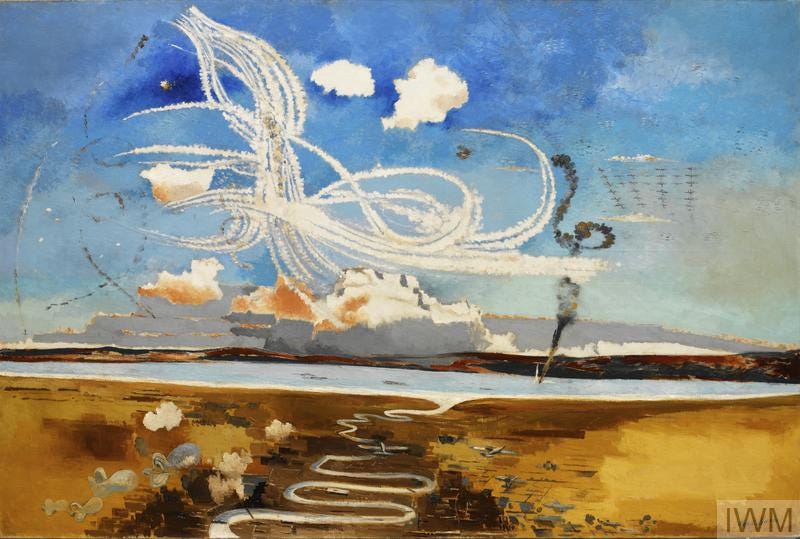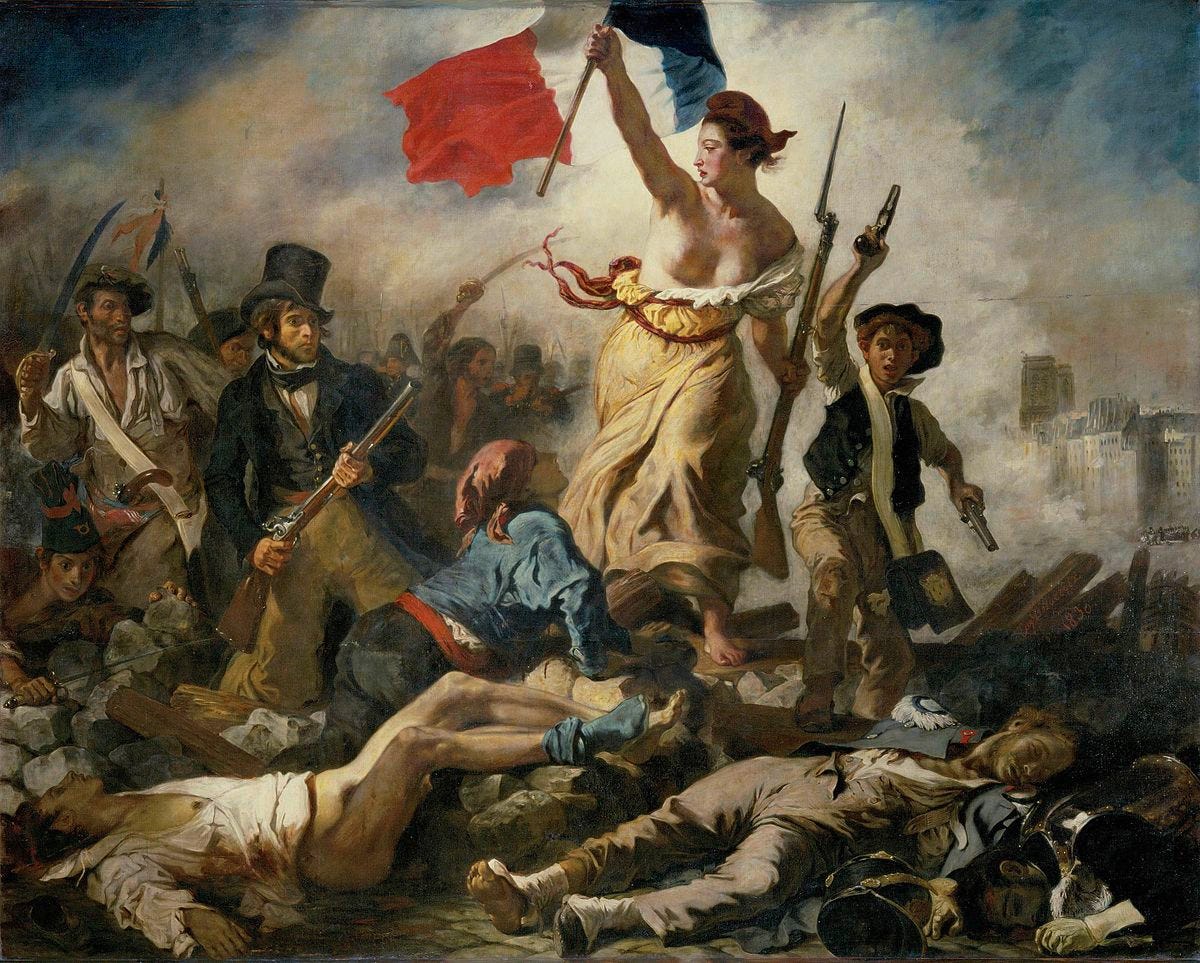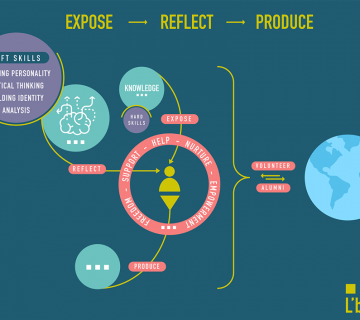
Art has always been attached to beauty. Consequently, the element of beauty has become a criteria for any creation to be considered art in mass narrative. But, what is beauty? Is it aesthetics? Haven’t we ever come across shocking and even disgusting “works of art”? Aren’t museum filled with products that instantly make us look away? Does beauty definition differ in between the masses and scholars?
“In Italy, for 30 years under the Borgias, they had warfare, terror, murder and bloodshed, but they produced Michelangelo, Leonardo da Vinci and the Renaissance. In Switzerland they had brotherly love, they had 500 years of democracy and peace — and what did that produce? The cuckoo clock.” A line by Orson Welles’ character Harry Lime in the 1949 film: The Third Man.
The line proves how art, as beautiful as it is believed must be, can be produced in times of everything contradicting the free, the peaceful, and the pure nature of art: war. In fact, art has served in favor of war representation as a glorious event for nations and individuals to thrive and make history. Paul Nash’s Battle of Britain (1941) represents a scene of aerial combat between British and German fighters over the English Channel. It is an example of countless works of art portraying war protagonists like heroes saving humanity while they, regardless of the reasons, are contributing to this earth’s bloodshed.

On the other hand, André Fougeron’s Street of Paris (1943) focuses on the impact of war and occupation on civilians. In the same stream, Eugène Delacroix’s Liberty Leading the People (1830) is another example we all must have stumbled upon at some time. It portrays the goddess of liberty holding the French flag high while standing over dead accumulated bodies.


We can certainly feel closer to the ones glorifying the people and their accomplishments, but without regard to the symbolic meanings of the paintings and their historical contexts, they all represent horrifying scenes for a simple receiver who’s unaware of the paintings’ meaning. Even with awareness of the meaning and the historical context, there is nothing beautiful about blood. It triggers sad thoughts of families that must have struggled because of losing a life or their life. It triggers sad thoughts of terror and pain. However, it is considered art. Is it beautiful even in such context? What is beauty?!
At the beginning of January 1874 Vincent Van Gogh wrote to his brother Theo: “find things beautiful as much as you can, most people find too little beautiful.” This may lead some to interpret Vincent’s statement as if he is requesting his brother to find beautiful things. In reality, he is requesting his brother to find beauty in things. Van Gogh is asking his brother to train himself to finding beauty where people can’t see it. But, does that mean finding beauty in war? Blood? Death? Pain? Such request can only be given to someone who already knows beauty.
Art is everything beautiful, whether it is in nature or human creation or life style. Art is always beautiful. Beauty doesn’t only reside in the “thing” itself, meaning in its aesthetics, but most importantly in its impact on us. For our ability to feel what emotions are being transmitted is: beauty. The feeling transmitted can be anything, from despair to ecstasy. If we lose our ability to feel, aesthetics lose meaning. If an artist fails to deliver for reasons of dishonesty or … We can still call the piece created a piece of art in recognition of the effort put and the technics used, but it would be difficult to highly rate its level of beauty. The strongest the impact is, the higher the level of beauty is. When the piece is solely appealing on an aesthetic level, it is not beautiful. It is pretty.
Regardless of the reasons for the artistic creation that might ruin its story for some, which adds charm and a layer of fantasy, beauty can still be found. For instance, it can be true that some artists were oppressed by their systems to glorify their egos. However, when we, today, look at the art work and find it beautiful, what is without a doubt true is the work as it was done was done with love and passion. Maybe not love to the beneficiaries, but surely to the process of creation itself. Because when an artist endures such circumstances and still succeeds in touching people’s hearts. There must be somewhere along the process where the artist had the chance to work her/his magic.
Beauty is feeling.




